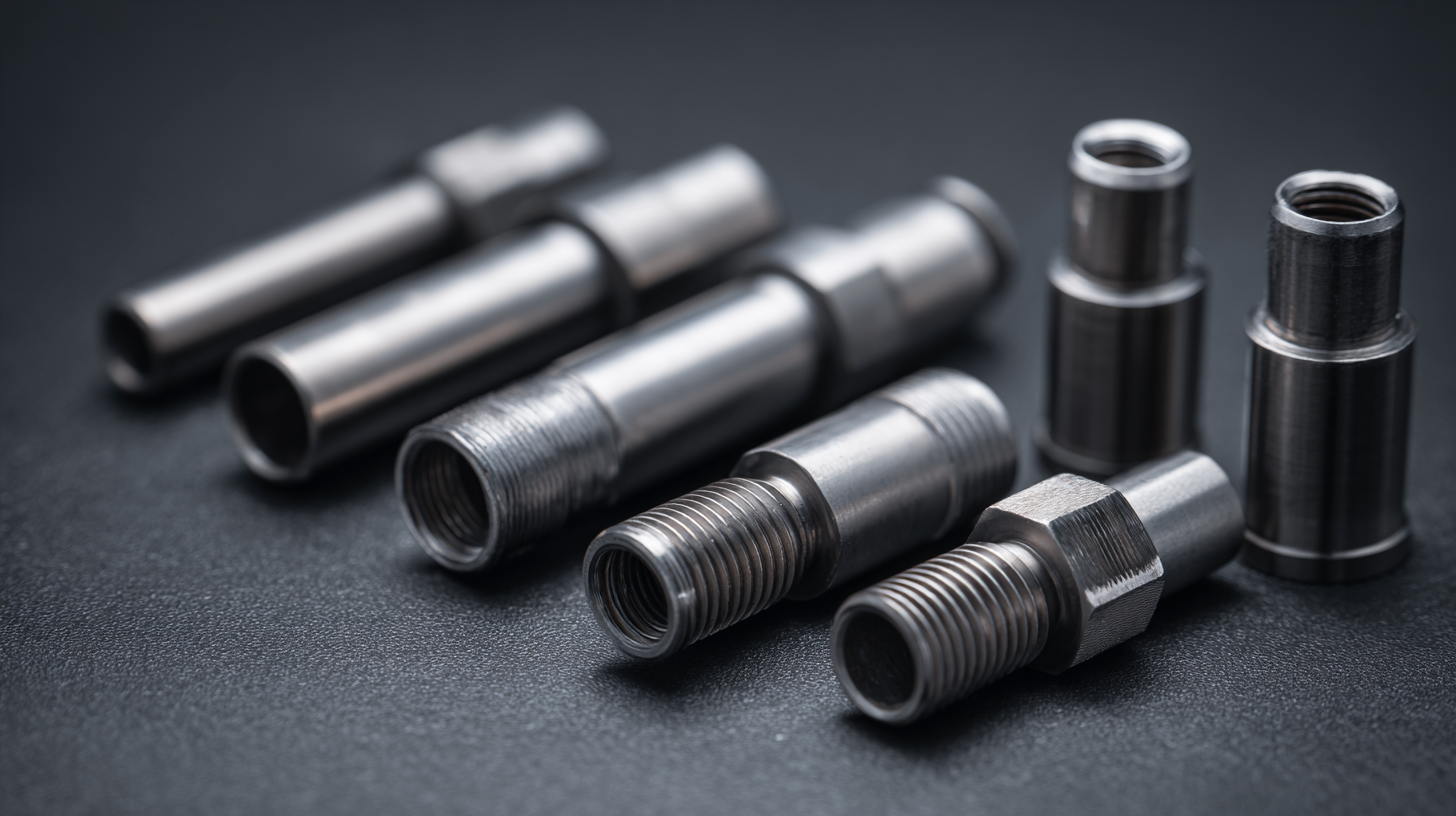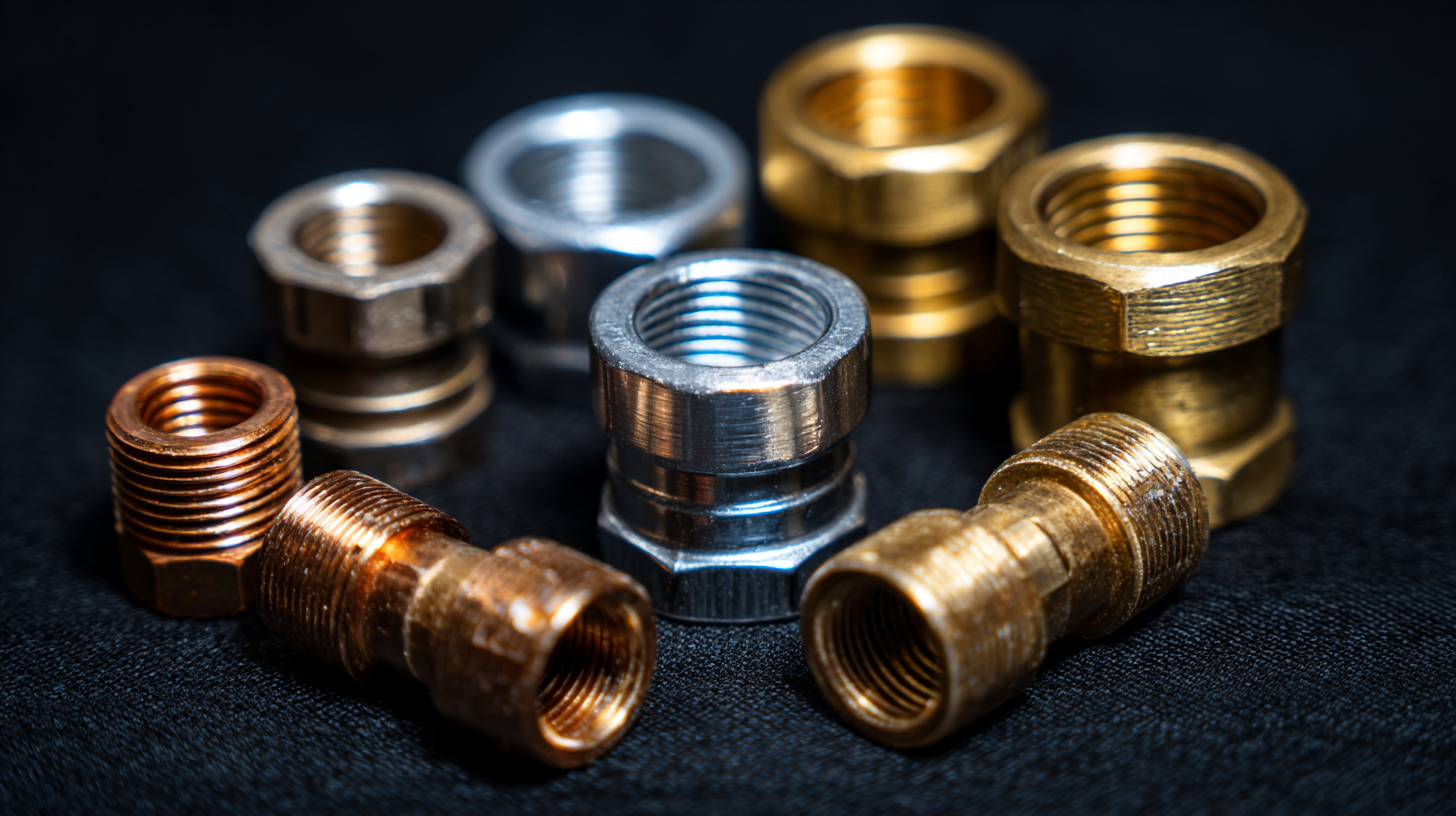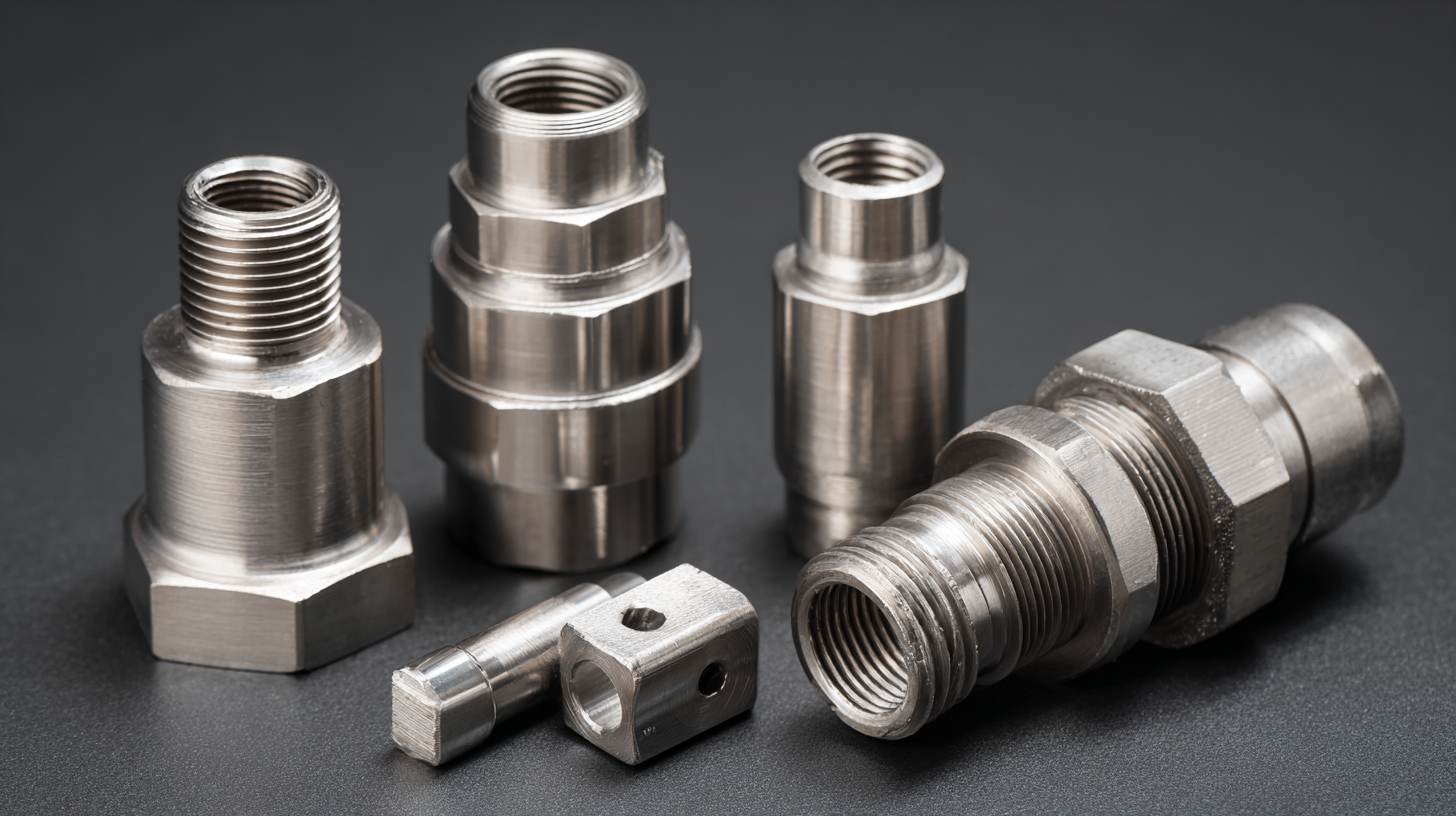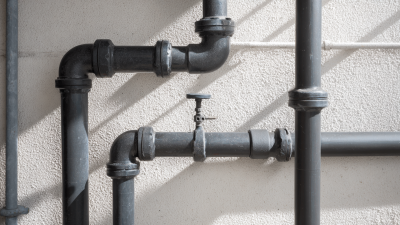Understanding the Types of Tubing Fittings for Optimal Performance
In the realm of fluid transportation systems, understanding the various types of tubing fittings is critical for ensuring optimal performance and efficiency. According to a report by MarketsandMarkets, the global market for tubing fittings is projected to reach $9.45 billion by 2025, reflecting the growing demand across industries such as automotive, aerospace, and pharmaceuticals. The selection of the right tubing fittings not only affects flow rates and pressure control but also plays a crucial role in preventing leaks and maintaining system integrity. With numerous materials and designs available, it's essential for engineers and technicians to be well-versed in the characteristics and applications of each type. This blog will delve into the essential types of tubing fittings, providing insights and practical guidelines for making informed choices to enhance performance and reliability in fluid handling operations.

Types of Tubing Fittings: Key Insights for Optimal Functionality
When it comes to tubing fittings, understanding the various types available is crucial for ensuring optimal functionality in any system. The most common types include compression fittings, flare fittings, and push-to-connect fittings.
 Compression fittings, ideal for high-pressure situations, involve the use of a compression ring that seals the connection as the nut is tightened. This type is particularly favored in applications like plumbing and pneumatic systems, where reliability is paramount.
Compression fittings, ideal for high-pressure situations, involve the use of a compression ring that seals the connection as the nut is tightened. This type is particularly favored in applications like plumbing and pneumatic systems, where reliability is paramount.
Flare fittings, on the other hand, are designed for use with rigid tubing and are often seen in gas and refrigeration applications. The flared end creates a strong mechanical joint, which minimizes leaks and can withstand higher pressures. Additionally, push-to-connect fittings offer a more straightforward installation process by allowing for quick connections without the need for additional tools. These are increasingly popular in various sectors, including automotive and industrial applications, where efficiency and speed are essential.
Understanding these different types of tubing fittings can significantly enhance performance and ensure the longevity of your systems.
The Importance of Material Selection in Tubing Fittings for Performance Enhancement
Material selection plays a crucial role in the performance of tubing fittings, impacting their efficiency, longevity, and overall reliability. According to a report by the Plastics Industry Association, appropriate material choice can enhance the durability of fittings by up to 30%, reducing maintenance costs and downtime in industrial applications. For instance, stainless steel fittings are known for their excellent corrosion resistance and strength, making them ideal for high-pressure systems. In contrast, plastic fittings may be preferable in environments with less mechanical stress but higher chemical exposure.
When choosing materials for tubing fittings, it is essential to consider factors such as temperature, pressure, and the type of fluids being transported. A study presented in the Journal of Industrial Engineering highlights that improper material selection can lead to failure rates as high as 17% in critical applications. Therefore, one tip is to thoroughly evaluate the operating conditions before selecting materials to ensure they align with the specific application requirements.
Another essential tip is to consult a manufacturer's technical data sheet. These documents provide valuable information regarding the performance and limitations of different materials, allowing for informed decisions that can significantly enhance the performance of tubing fittings. Making the right choice not only improves efficiency but also contributes to a more sustainable and cost-effective system.
Understanding the Types of Tubing Fittings for Optimal Performance
This chart illustrates the cost of different types of tubing fittings based on material selection. Selecting the right material is crucial for enhancing performance and optimizing costs in various applications.
Industry Standards: How ASME and ASTM Guidelines Influence Fitting Choices
When it comes to selecting tubing fittings, understanding the influence of industry standards like ASME and ASTM is crucial. The ASME B31.3 standard, in particular, plays a vital role in governing the design, materials, and installation of piping systems in industrial settings. This guideline ensures not only the technical performance of fittings but also emphasizes the importance of safety within these systems. Adhering to ASME B31.3 helps engineers and designers to select fittings that can withstand operational pressures and thermal conditions, ultimately reducing the risk of leaks and failures.
ASTM guidelines also complement ASME standards by providing specifications for the materials used in tubing and fittings. These standards address factors such as corrosion resistance, durability, and compatibility with various fluids. Selecting fittings that conform to ASTM specifications guarantees that they will perform optimally in their intended environments. Together, ASME and ASTM standards help industry professionals make informed decisions that enhance the reliability and efficiency of piping systems, ensuring seamless operation across various applications.
Performance Metrics: Analyzing Pressure Ratings and Flow Characteristics of Fittings
When selecting tubing fittings, understanding their pressure ratings and flow characteristics is crucial for optimal performance. A recent industry report by the Fluid Power Institute indicates that fittings with higher pressure ratings—typically around 3,000 psi or more—are essential for applications involving hydraulic systems. Choosing fittings that meet or exceed these specifications can prevent failures and enhance the system's reliability. Additionally, the proper selection of fitting types can significantly impact flow rates; for instance, tapered fittings can reduce turbulence and increase cubic feet per minute (CFM) flow efficiency by up to 30%.
Tips: Always consult the manufacturer’s specifications to ensure compatibility and safety for your intended application. Checking for certifications like SAE or ISO can also provide peace of mind regarding quality standards.
Moreover, the flow characteristics of fittings impact operational efficiency. For example, friction loss becomes a critical consideration in long runs of piping—reports indicate that even minor variations in fitting design can lead to a 10-15% loss in flow. Smooth, contoured fittings are proven to support better fluid movement compared to traditional designs.
Tips: Regularly test your system's pressure differentials to gauge the performance of your fittings, and replace any that show significant drops in pressure to maintain efficiency.
Choosing the Right Tubing Fitting for Specific Applications: Best Practices and Recommendations
When it comes to selecting the right tubing fittings for specific applications, understanding the nuances can significantly enhance system performance. According to a recent industry report by Smithers Pira, improper fitting selection can lead to a 30% increase in system inefficiencies. Therefore, it is crucial to consider factors such as pressure ratings, material compatibility, and the specific operational environment before making a decision. For instance, stainless steel fittings are often recommended for corrosive environments due to their durability and resistance to degradation.
Tip: Always check the manufacturer’s specifications for pressure ratings and temperature limits to ensure the fitting is suitable for your application.
Adopting best practices can also streamline your selection process. For example, utilizing push-to-connect fittings reduces installation time and minimizes the risk of leaks. Recent advancements in fitting technology, as outlined by the Fluid Power Journal, indicate that these types of fittings can provide up to 50% faster assembly times compared to traditional threaded fittings. This efficiency not only saves on labor costs but also contributes to overall system reliability.
Tip: Keep a log of the specific applications and performance metrics for each fitting type used to inform future selections and adjustments.

Related Posts
-

7 Compelling Reasons to Choose the Right Brewery Fittings for Your Craft Business
-

7 Essential Tips for Choosing the Right Sanitary Fittings for Your Project
-

7 Best Sanitary Valves to Enhance Your Industrial Efficiency and Compliance
-

The Ultimate Guide to Choosing the Right Sanitary Fittings for Your Facility
-

How to Choose the Best Sanitary Ball Valves for Your Industrial Needs
-

7 Best Practices for Choosing Sanitary Pipe Fittings for Your Business